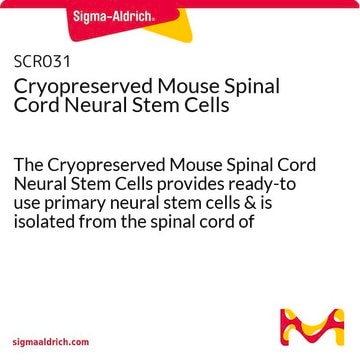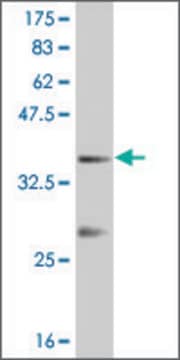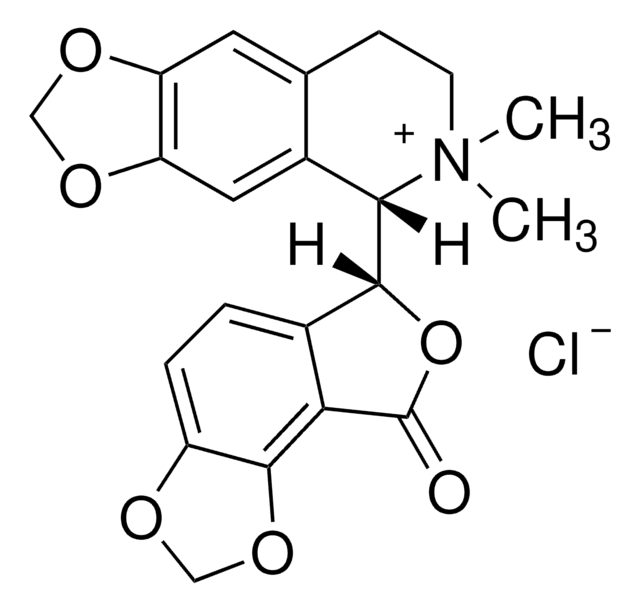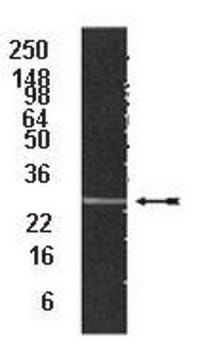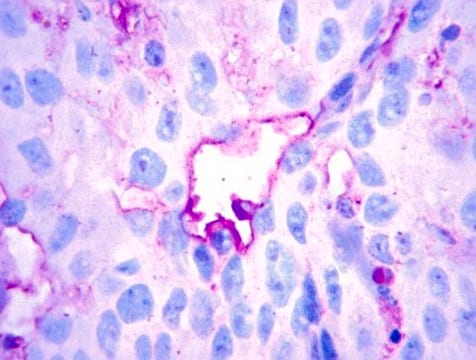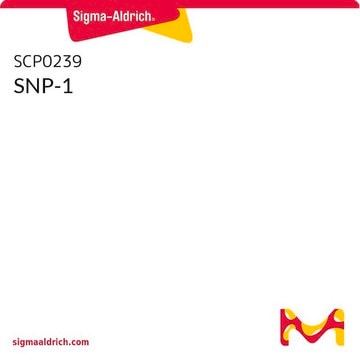MABE268
Anti-Musashi-1 Antibody, clone 7B11.1
clone 7B11.1, from mouse
Synonym(s):
RNA-binding protein Musashi homolog 1
About This Item
Recommended Products
biological source
mouse
Quality Level
antibody form
purified immunoglobulin
antibody product type
primary antibodies
clone
7B11.1, monoclonal
species reactivity
rat, mouse, human
technique(s)
immunohistochemistry: suitable
western blot: suitable
isotype
IgG2aκ
NCBI accession no.
UniProt accession no.
shipped in
wet ice
target post-translational modification
unmodified
Gene Information
human ... MSI1(4440)
General description
Immunogen
Application
Epigenetics & Nuclear Function
Neural Stem Cells
Immunohistochemistry Analysis: A 1:1,000 dilution of this antibody detected Musashi-1 in mouse cerebellum, normal mouse brain, and normal human pons tissue.
Quality
Western Blot Analysis: 1 µg/mL of this antibody detected Musashi-1 in 10 µg of mouse E17 spinal cord tissue lysate.
Target description
Linkage
Physical form
Storage and Stability
Analysis Note
Mouse E17 spinal cord tissue lysate.
Other Notes
Disclaimer
Not finding the right product?
Try our Product Selector Tool.
Storage Class Code
12 - Non Combustible Liquids
WGK
WGK 1
Flash Point(F)
Not applicable
Flash Point(C)
Not applicable
Certificates of Analysis (COA)
Search for Certificates of Analysis (COA) by entering the products Lot/Batch Number. Lot and Batch Numbers can be found on a product’s label following the words ‘Lot’ or ‘Batch’.
Already Own This Product?
Find documentation for the products that you have recently purchased in the Document Library.
Protocols
Step-by-step culture protocols for neural stem cell culture including NSC isolation, expansion, differentiation and characterization.
Our team of scientists has experience in all areas of research including Life Science, Material Science, Chemical Synthesis, Chromatography, Analytical and many others.
Contact Technical Service

